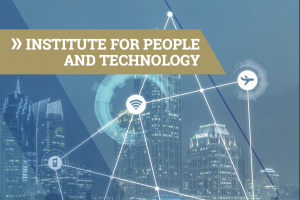The Wearable Technology Designer's Web Tool is a tool that leads designers / developers through a series of questions about their wearable technology project. The questions are designed to force designers to think of all options at the beginning of a project, illuminating opportunities and shortcomings in accessibility caused by decisions along the way. As the designer makes selections pertaining to the purpose and interaction styles of their project a body map builds in real time showing where on the body the technology might best be placed. When all the questions are answered the tool creates a .pdf with the body map and all pertinent design and accessibility considerations for the project (including an extensive list of academic references for deeper research). The Wearable Technology Designers Web Tool is free to use. https://wearabletechwebtool.ipat.gatech.edu

The Institute for People and Technology (IPaT) brings together researchers from across Georgia Tech to support world-class research, engage students, and collaborate with industry, government, and nonprofit partners. Our goal is to maximize Georgia Tech's societal impact through people-centered innovation. IPaT supports and connects faculty and students across the entire Georgia Tech campus by blurring the lines between academic disciplines and partnering to translate research results into real-world use. Georgia Tech is at the forefront of science and technology research, and home to state-of-the-art facilities and world-renowned experts who are working every day to find answers to tough problems. IPaT brings together researchers, industry, and other partners to identify technology solutions that will shape our global future. IPaT was created in 2011 to embrace these opportunities and needs, to create a networked research ecosystem of Georgia Tech faculty and industry partners, and to amplify their combined thought leadership and on-the-ground results to create a positive economic and societal impact in critical areas that define much of everyday life.


